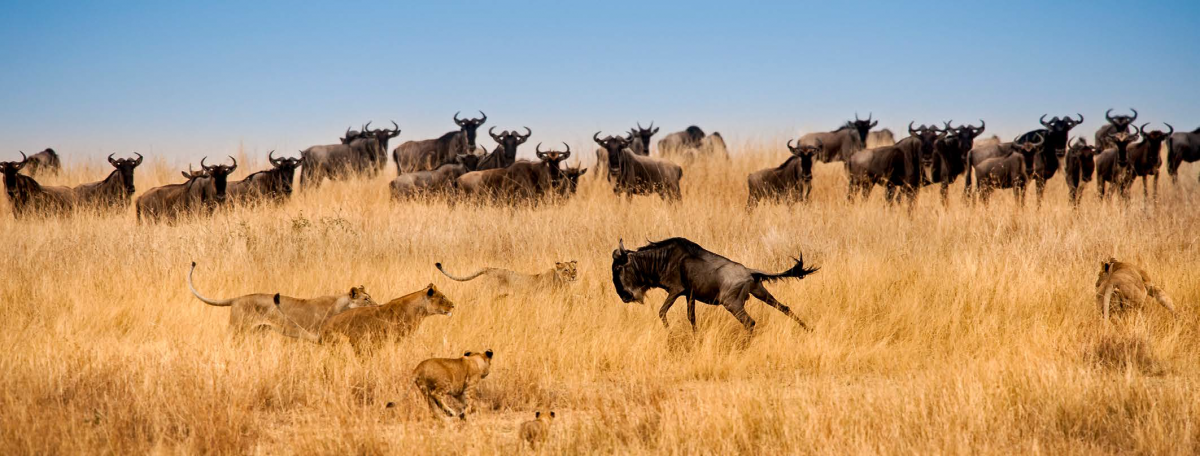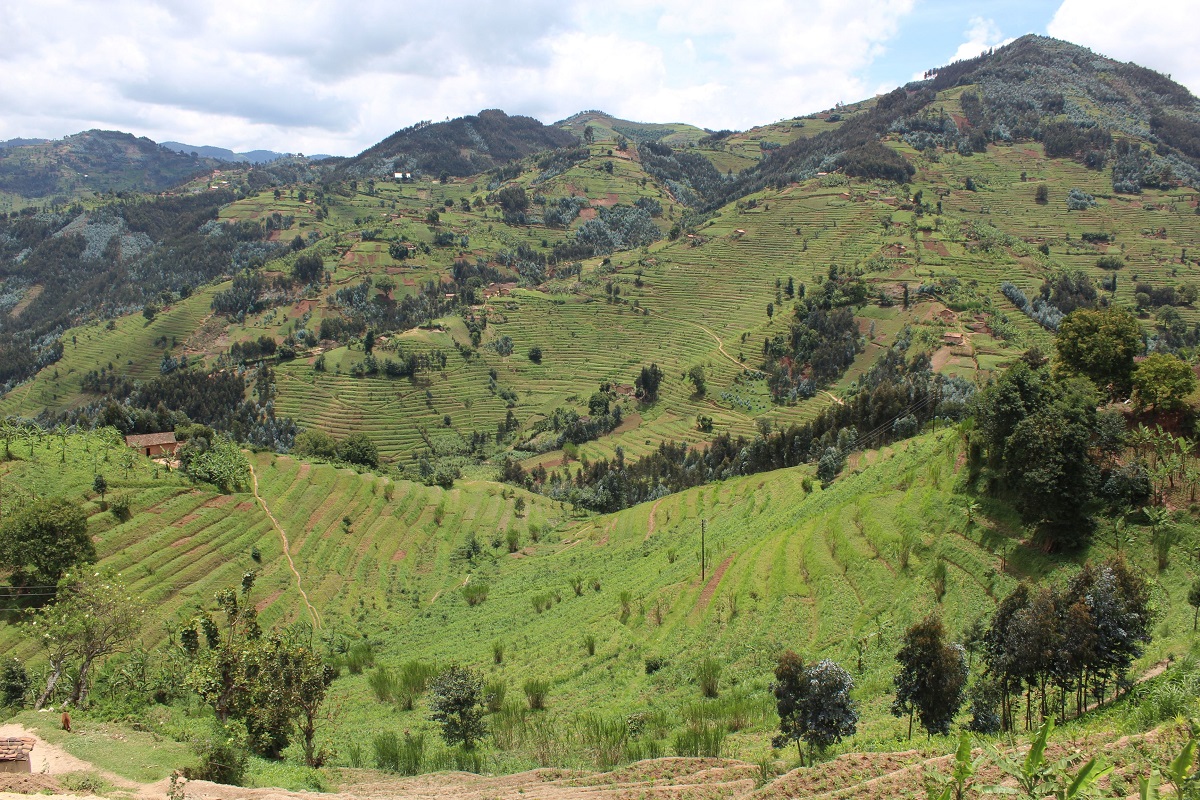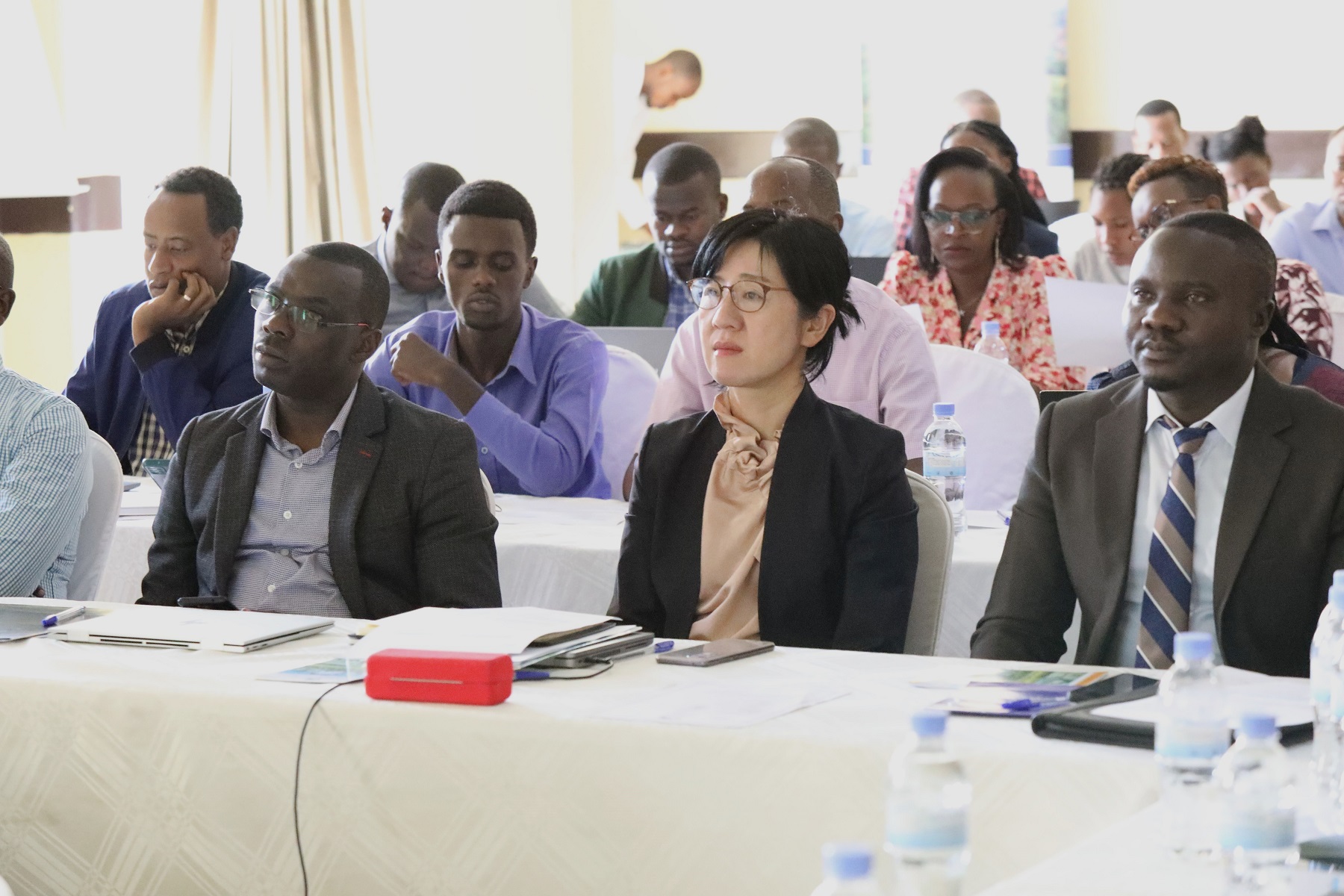IUCN and RWB conduct consultation meetings for Mukungwa and Akagera catchment management plans
Rwanda Water Resources Board (RWB) in collaboration with International Union for Conservation of nature (IUCN) organised two consultation meetings for Mukungwa catchment and Akagera low catchment in Rwanda with the overall objective to jointly identify challenges, solutions and opportunities to enhance integrated catchment management in Rwanda.
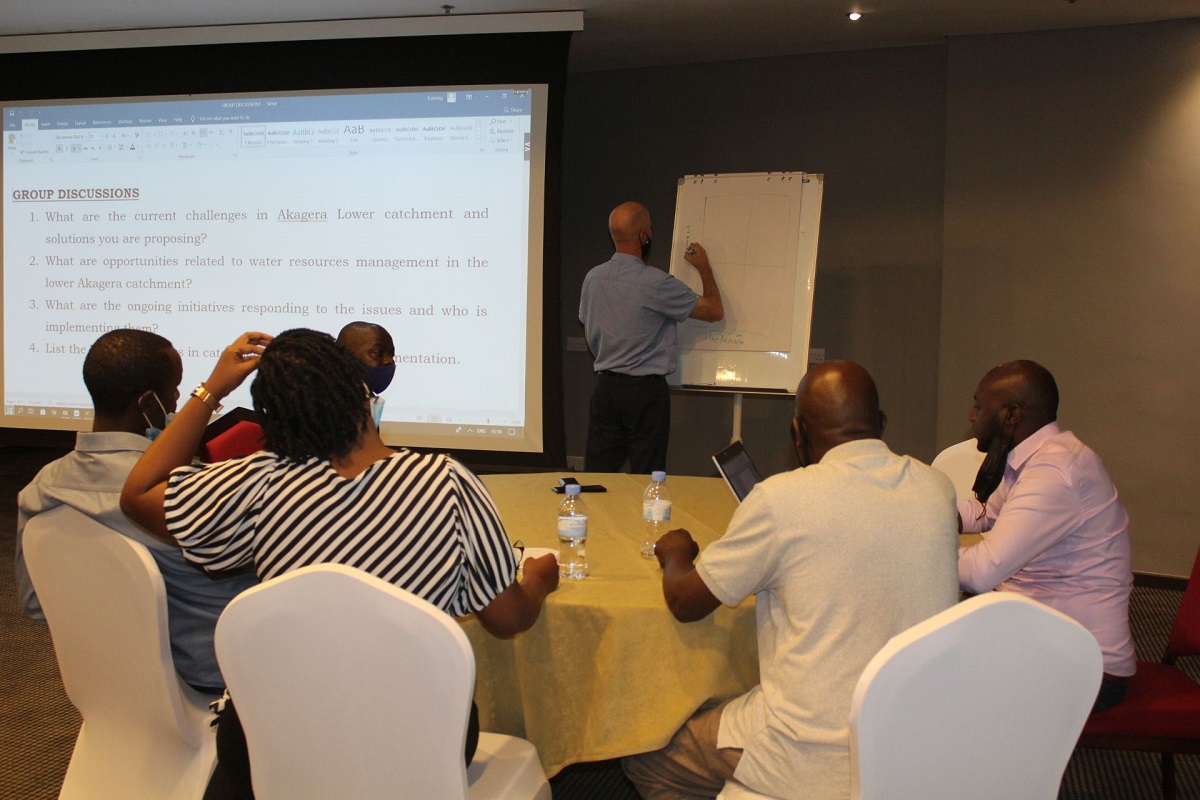
The challenges of rapid population growth, increased urbanisation, environmental degradation and pollution have caused accelerated depletion and degradation of available natural water resources in Rwanda.
In March and April 2021, Rwanda Water Resources Board (RWB) in collaboration with International Union for Conservation of nature (IUCN) organised two consultation meetings for Mukungwa catchment and Akagera low catchment in Rwanda, with the overall objective to jointly identify challenges, solutions and opportunities to enhance integrated catchment management in Rwanda.
The first consultation meeting took place from 30 - 31 March 2021 in Musanze District, Northern party of Rwanda. The second consultation meeting took place from 27- 28 April in Nyagatare District, Eastern party of Rwanda.
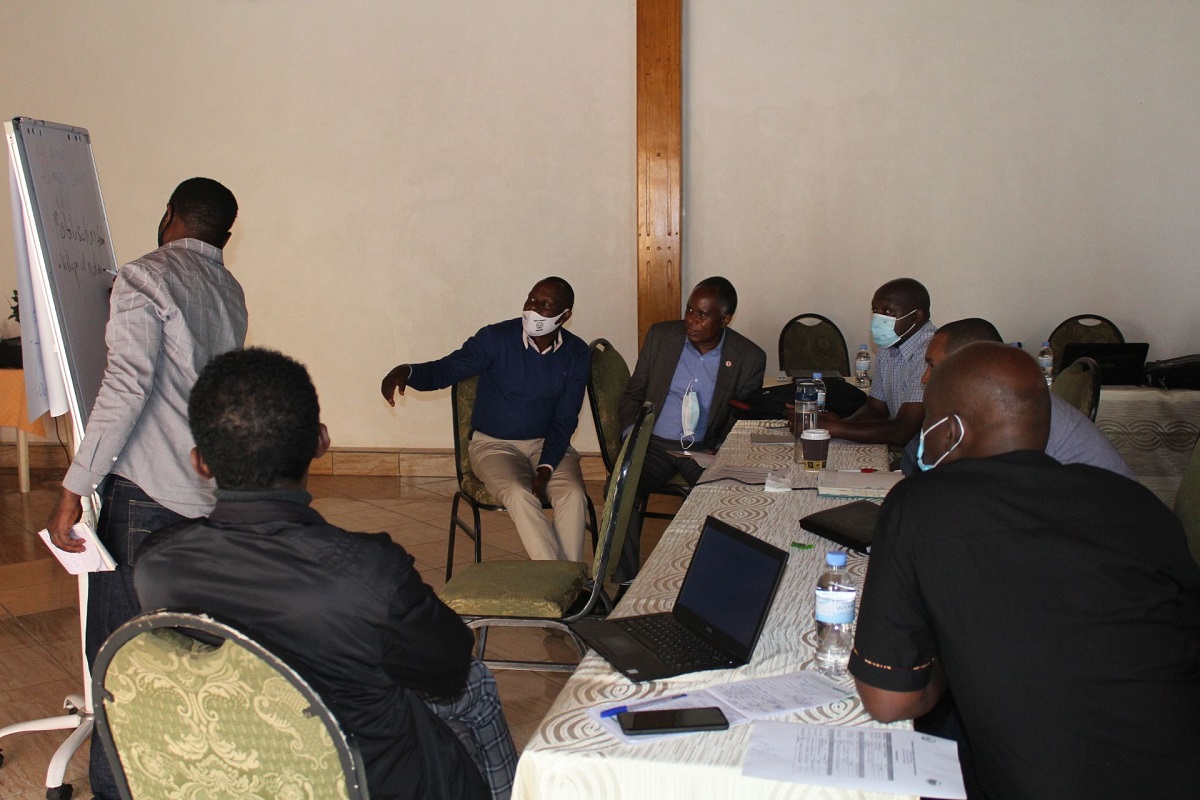 Photo: Consultation meetings for Mukungwa and Akagera catchment management plans
Photo: Consultation meetings for Mukungwa and Akagera catchment management plans
Speaking during the meetings, Director General of RWB, Prime Ngabonziza, urged everyone to support the efforts aimed at sustaining Rwanda’s natural water resources especially in Mukungwa catchment and Akagera low catchment. The DG acknowledged the contributions of IUCN in supporting RWBs efforts in protecting high-risk flood zones, reducing soil erosion and increasing artificial water storage per capita through knowledge sharing.
Key participants in the meetings included Mayors from the various districts, RWB staff, Project technical teams and IUCN. The meetings were also attended by private companies working in the catchments, faith-based organizations, civil societies, academia, Universities and government institutions including Wasac, RDB, RAB, and Nile Basin Initiative/NELSAP, Future Water, and Highland Centre among others.
RWB has a goal of developing catchment plans for all catchments in Rwanda. So far, four catchment management plans for Sebeya, Muvumba, Nyabugogo and Upper Nyabarongo catchments have been developed in collaboration with the central and catchment levels.
Through the 'Embedding Integrated Water Resource Management in Rwanda (EWMR) Project' funded by the Embassy of the Kingdom of the Netherlands, the team has initiated the process of developing two more catchment plans, for Mukungwa and Akagera Low catchment. The planning is being done in an integrated manner, using a participatory approach involving key stakeholders within the catchment.
The overall purpose of the consultation meetings was to raise awareness on the importance of water management and the catchment management planning, outline the catchment planning process to stakeholder/ participants, set an organizational structure (Catchment Task Force core team) for the development, management, monitoring and evaluation of catchment plans. The meeting also highlighted issues and opportunities in Mukungwa and Akagera low catchment.
IUCN Rwanda is working with Government of Rwanda through Rwanda Water Resources Board to improve catchment development plans in Akagera and Mukungwa around water and land management, building capacity for stakeholders including government staff, civil societies, faith-based organizations, private sectors among others with the purpose of growing and sharing the knowledge base around water and land management in Rwanda.
 Photo: The consultation meetings for Mukungwa and Akagera catchment management plans were officially opened by Director General of RWB
Photo: The consultation meetings for Mukungwa and Akagera catchment management plans were officially opened by Director General of RWB
IUCN supported the Rwanda Water Resources Board to strengthen the Water Management Information System (MIS)
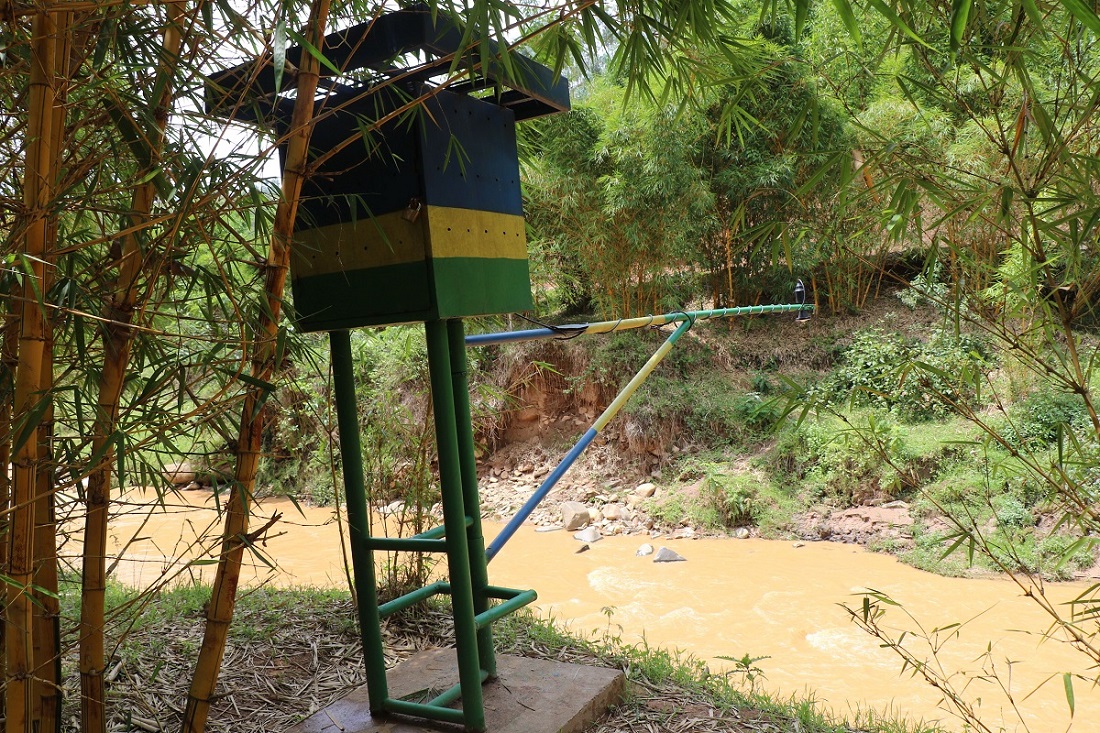 Photo: The new telemetry stations were installed and are now operating
Photo: The new telemetry stations were installed and are now operating
Under the framework of the Embedding Integrated Water Resource Management in Rwanda (EWMR) Project, the Technical Assistance (TA) Consortium is supporting the Rwanda Water Resources Board (RWB) to strengthen its Water Management Information System (MIS).
The IUCN Hydro database and GIS Expert, Alain AMAHORO has been providing direct technical support during the installation and configuration of new telemetry hydrometric stations and their integration with the existing MIS, key among these is the AQUARIUS database. In addition to technical support the IUCN Hydro database and GIS Expert has been providing hands-on training, capacity building and knowledge transfer through joint field missions with RWB staff to set up and initiate operation of new telemetry stations.
EWMR TA has also supported renewal of the Support and Maintenance Agreement (SMA) for the AQUARIUS database with Aquatic Informatics, a world leading company in software solutions to address water data management.
The SMA provides access to hundreds of online resources with AQUARIUS and other topics related to water resources data management further contributing to capacity building for RWB. The SMA also provides access to an exchange forum for water professionals from several countries around the world to network and share information and advice.
 Photo: Scaling up catchment planning in Rwanda
Photo: Scaling up catchment planning in Rwanda
The EWMR Technical Assistance (TA) consortium in collaboration with RWB is scaling up catchment management planning in Mukungwa and Akagera Lower catchments. The first step is a biophysical assessment and hydrological analysis with the support of Future Water. This critical piece of work will inform participatory catchment management and enable water allocation planning through the investigation of scenarios in which the hydrological system is modified. The activity aims to strengthen resilience to the various drivers of degradation including climate-change and the impacts of human activities such as agriculture, deforestation and mining etc.
The cascade of hydropower stations in Mukungwa catchment, the decreasing flows from Lake Burera, due to various factors including land cover change, underscores the need for strategic catchment planning, informed in part by this assessment. The Lower Akagera Catchment has added complexity due to being a transboundary catchment, sharing boundaries with Tanzania and relying on water from Burundi. While the catchment receives major inflow from the upper Akagera and Ruvubu rivers, the two main tributaries in Rwanda (Kamiramugezi and Karangaza rivers) have low and ephemeral flows at the end of the dry season when demand is highest, creating challenges for decision making on resource use.
In addition to the biophysical assessment and hydrological analysis Future Water has also initiated a capacity building programme for RWB with funding support from NUFFIC, The Netherlands Government Organization for Internationalization in Education, that includes training on use of the Water Evaluation and Planning System (WEAP) in hydrological modelling and water allocation planning, and use of the Google Earth Engine to enable analysis of geospatial datasets.
Simultaneous to the biophysical assessment and hydrological analysis the TA consortium has also launched a detailed socio-economic and livelihood assessment with support from the High Lands Centre for Leadership and Development (L4D) Ltd. This socio-economic and livelihood assessment will identify needs and opportunities that support sustainable livelihoods considering available land and water resources, and developing recommendations for catchment and landscape restoration interventions to safeguard livelihoods.
Further to the above IUCN is leading an Ecosystem Service Valuation for both catchments to quantify direct and indirect use and non-use value that will contribute not only to recognition of the services provided by the catchment ecosystems, but also inform prioritization and strategic decision-making concerning land use and development in the two catchments with the aim of maximising the potential revenue streams and incentivising sustainable catchment management over the long-term.
 Photo: The EWMR Technical Assistance (TA) consortium team and RWB staff
Photo: The EWMR Technical Assistance (TA) consortium team and RWB staff
Disclaimer
Opinions expressed in posts featured on any Crossroads or other blogs and in related comments are those of the authors and do not necessarily reflect the opinions of IUCN or a consensus of its Member organisations.
IUCN moderates comments and reserves the right to remove posts that are deemed inappropriate, commercial in nature or unrelated to blog posts.
